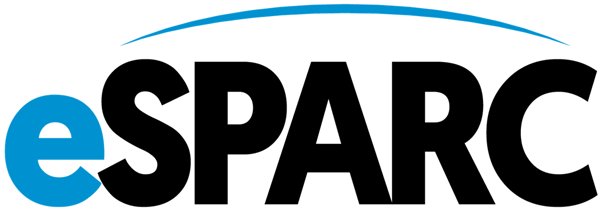This post is part of our ongoing series on the Clean Power Plan. Each report focuses on a different aspect of the administration’s Clean Power Plan rule and its impact on the energy sector. For more information on how your facility may be affected by the new rule, please contact us at info@camsesparc.com or at (281) 333-3339.
“Here’s how it works. Over the next few years, each state will have the chance to put together its own plan for reducing emissions — because every state has a different energy mix. Some generate more of their power from renewables; some from natural gas, or nuclear, or coal… So we’re giving states the time and the flexibility they need to cut pollution in a way that works for them.”
– President Barack Obama, August 3, 2015.
Though disputed by many states, the President’s comments embody what has been a constant message throughout the administrations rollout of the final Clean Power Plan (CPP) rule: the power is within the states. By September 16, 2016, all states (excluding Alaska, Hawaii, and Vermont) are required to submit state plans demonstrating how the state will meet the proposed CO2 emission goals. Impact of the CPP on each individual electric generating unit (EGU) will vary accordingly to the specifics of each state plan. States are required to base their plans on one of two foundational structures- an EGU-specific “Emission Standards Plan” or a mixed-policy “State Measures Plan”.
Emission Standards Plan
Under an Emission Standards Plan, the state will determine either a rate-based limit or mass-based limit specific for affected EGUs. In a mass-based system, each state will have to establish a state-wide emissions cap and either develop a state-specific cap and trade program or collaborate with other states in a larger multi-state program. The costs of CO2 allowances will vary from program to program based on the age, efficiency, and composition of the affected EGU fleet and how the state chooses to distribute allowances (auction vs. direct allocation). Alternatively, a rate-based system provides adjustments in the form of emission offsets and emission rate credits to lower individual EGU CO2 emission rates. States can set up auctions, market places, or state-managed distribution centers to verify and transmit emission credits among participating entities.
State Measures Plan
Under a State Measures Plan, a state-wide mass emission cap is established and achieved through multiple avenues, including energy efficiency programs, improvements to transmission systems, and displacing current fossil-fuel EGU output with non-carbon intensive energy sources. Compliance under a State Measured Plan can only be determined by reaching the state-specific mass based goal and will ultimately be measured at the stack of affected EGUs. The State Measures Plan will be required to include a federally enforceable “backstop” in case the state’s proposed measures fail to adequately reduce emission rates. These backstop provisions would apply solely to affected-EGUs by capping their total permissible CO2 emissions.
CPP Impact on Existing GHG Programs
Regional Greenhouse Gas Initiative (RGGI)
The existing RGGI offers a (nearly) CPP-compliant ready framework for all of its participating states. The current program will require only minor fine-tuning to be fully aligned with the CPP. Of the eight states currently party to RGGI and subject to the CPP, four are on track to meet their 2030 CPP final goals a full decade ahead of schedule (New York, Connecticut, Rhode Island, and Delaware) with several others on track to meet their goals within the required timeframe.
California AB 32 Cap and Trade
Unlike the CPP, which focuses strictly on fossil-fuel emissions from EGUs, the California AB 32 CO2e Cap and Trade program takes a multi-sector approach by regulating all types of industrial facilities. This distinction from the CPP will require California to implement significant compliance revisions to ensure California’s program meets the federal, EGU-specific, CO2 emission reductions. Despite the technical hurdles, the impact of the CPP will likely be negligible in California. EPA has estimated that California will achieve its 2030 federal rate-based goal as early as 2020 using the suite of emission reduction measures already in place (e.g. GHG Emission Performance Standards, AB 32 Cap and Trade, Renewable Portfolio Standard, and Building and Residential Energy Efficiency Program).
It will ultimately be up to the next EPA Administration to determine whether a state’s plan is stringent enough to meet the CPP’s CO2 emission standards. If a state fails to propose a plan, or if the EPA deems the plan inadequate, the state will be required to implement one of the two federal cap and trade programs proposed in August. In our next installment, we will discuss these two proposals and what sites should plan on as a contingency to a state-drafted plan.
 Close
Close




